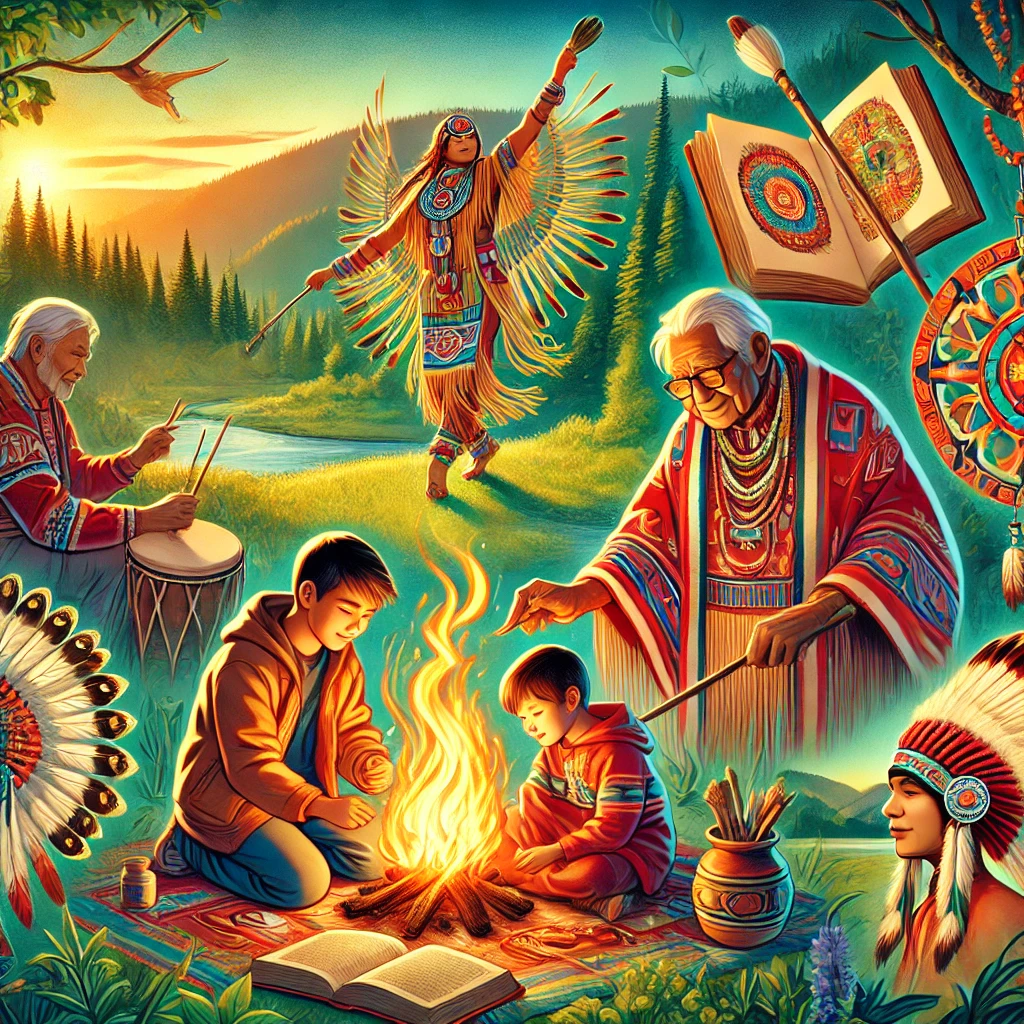Introduction
Indigenous cultures across the world are rich in history, traditions, and knowledge. However,
globalization, modernization, and external influences have put many of these cultures at risk of
disappearing. In Kenya, indigenous communities such as the Maasai, Turkana, and Mijikenda,
among others, have faced challenges in maintaining their heritage. Despite these challenges, various
efforts are being made to preserve and protect indigenous languages, traditions, and cultural
practices.
The Threats to Indigenous Cultures
Several factors contribute to the decline of indigenous cultures. One of the major challenges is the
loss of language, as younger generations shift to dominant languages like English and Swahili. This
shift has led to a decline in indigenous languages, which are essential carriers of cultural identity.
Urbanization and modernization also play a significant role in diminishing indigenous practices. As
people migrate to urban areas for education and jobs, they often abandon traditional ways of life.
Additionally, climate change and land encroachment have disrupted the lifestyles of indigenous
communities that depend on nature for their survival. Western influence and media have also
contributed to the decline of indigenous customs by making traditional ways of life seem outdated,
reducing interest in preserving them.
Efforts to Preserve Indigenous Cultures
Despite these threats, there are ongoing efforts to ensure the survival of indigenous cultures. Various
initiatives focus on revitalizing indigenous languages, promoting traditional practices, supporting
indigenous arts, conserving heritage sites, and utilizing media and technology for cultural
preservation.
Revitalizing Indigenous Languages
Language is the foundation of culture, and many initiatives have been started to keep indigenous
languages alive. Schools in Kenya are incorporating indigenous language lessons in areas where
native speakers are still present. Community elders are recording oral traditions, proverbs, and
stories to pass them on to younger generations. Furthermore, digital tools, such as mobile
applications and online dictionaries, are being created to document and preserve indigenous
languages.
Promoting Traditional Practices and Festivals
Cultural festivals and traditional ceremonies play a key role in keeping indigenous heritage alive.
Events like the Lamu Cultural Festival and the Lake Turkana Cultural Festival celebrate indigenous
dances, songs, and storytelling. Rituals and rites of passage, such as Maasai warrior ceremonies and
Kikuyu initiation rites, continue to be practiced, maintaining the cultural fabric of these
communities. Schools and cultural centers are also encouraging students to participate in traditional
dances, crafts, and attire to foster a deeper appreciation of their heritage.
Supporting Indigenous Arts and Crafts
Handmade crafts, beadwork, and traditional clothing are important aspects of indigenous culture.
Local markets and international trade platforms provide indigenous artisans with opportunities to
sell their products, ensuring economic motivation to keep traditional skills alive. Organizations are
also training young people in skills such as weaving, pottery, and bead-making to ensure that these
artistic traditions do not disappear.
Community-Based Conservation and Heritage Sites
Many indigenous communities have sacred lands and historical sites that hold cultural significance.
Sacred forests like the Kaya forests of the Mijikenda are being protected by local conservation
groups to maintain their cultural and environmental importance. Museums and cultural centers, such
as the Bomas of Kenya, showcase indigenous lifestyles and educate both locals and tourists on their
rich traditions. Additionally, government policies and international organizations, such as
UNESCO, are supporting the preservation of indigenous heritage sites to safeguard these cultural
landmarks for future generations.
Media and Technology in Cultural Preservation
The use of digital platforms has been instrumental in documenting and sharing indigenous
knowledge. Social media influencers and community leaders are using platforms like YouTube and
TikTok to showcase indigenous traditions and customs. Documentaries and films featuring
communities such as the Maasai and Samburu help educate a global audience about their rich
cultural heritage. Online archives and databases are also being created to store indigenous folklore,
music, and historical narratives, ensuring that these traditions are accessible to future generations.
Preserving indigenous cultures is vital for maintaining the diversity and richness of human heritage.
Efforts to protect languages, traditions, and customs require collaboration between governments,
local communities, and educational institutions. By embracing and promoting indigenous heritage,
we not only honor the past but also ensure that future generations can experience and appreciate
these vibrant cultures.
Precious Waithira Kinyanjui
CB10/65133/23
B.A COMMUNICATION STUDIES


